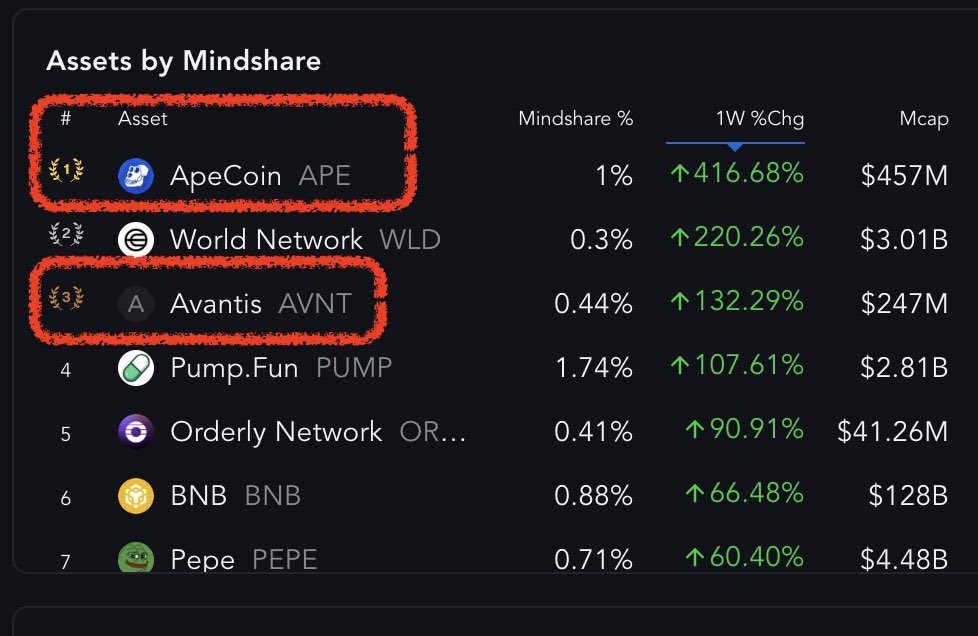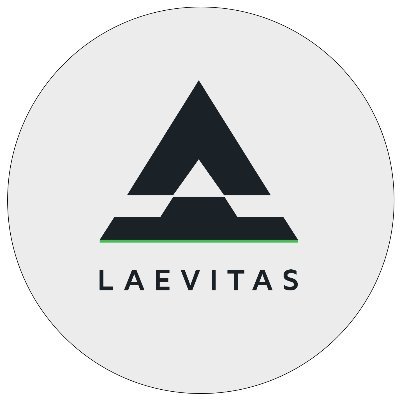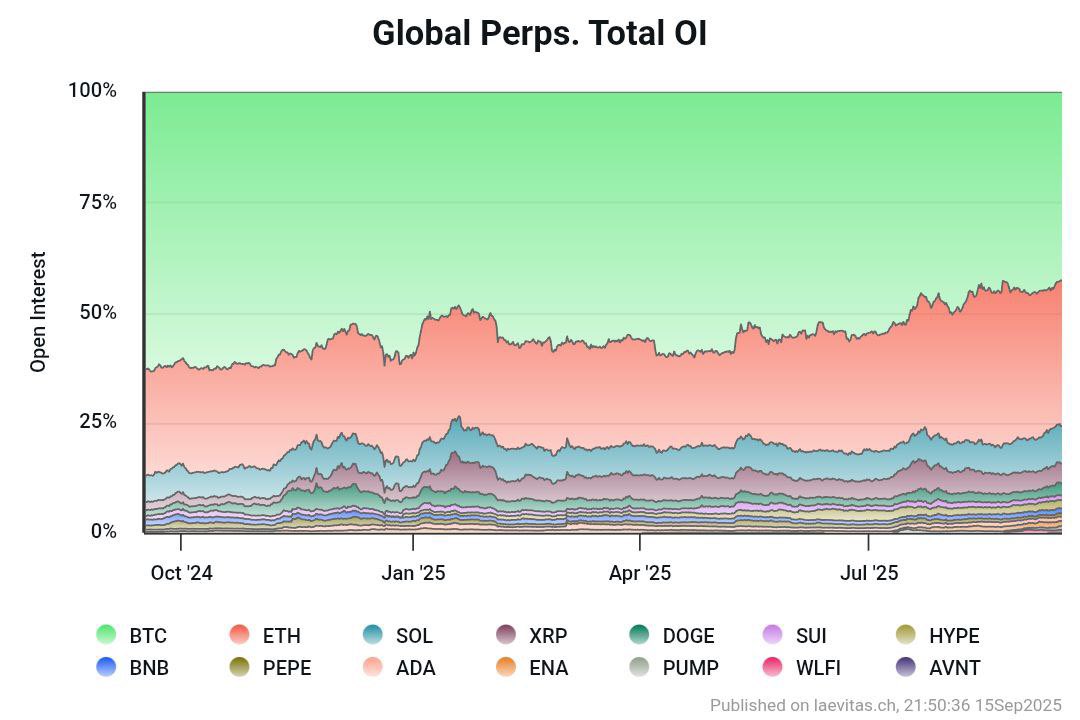BNB价格
(欧元)€781.74
-€12.33 (-1.56%)
EUR
无法搜索到该币种。请检查您的拼写或重新搜索币种名称。
市值
€1,087.85亿
流通总量
1.39亿 / 2亿
历史最高价
€803.67
24 小时成交量
€12.10亿
4.4 / 5


了解BNB
免责声明
本页面的社交内容 (包括由 LunarCrush 提供支持的推文和社交统计数据) 均来自第三方,并按“原样”提供,仅供参考。本文内容不代表对任何数字货币或投资的认可或推荐,也未获得欧易授权或撰写,也不代表我们的观点。我们不保证所显示的用户生成内容的准确性或可靠性。本文不应被解释为财务或投资建议。在做出投资决策之前,评估您的投资经验、财务状况、投资目标和风险承受能力并咨询独立财务顾问至关重要。过去的表现并不代表未来的结果。您的投资价值可能会波动,您可能无法收回您投资的金额。您对自己的投资选择自行承担全部责任,我们对因使用本信息而造成的任何损失或损害不承担任何责任。提供外部网站链接是为了用户方便,并不意味着对其内容的认可或控制。
请参阅我们的 使用条款 和 风险警告,了解更多详情。通过使用第三方网站(“第三方网站”),您同意对第三方网站的任何使用均受第三方网站条款的约束和管辖。除非书面明确说明,否则欧易及其关联方(“OKX”)与第三方网站的所有者或运营商没有任何关联。您同意欧易对您使用第三方网站而产生的任何损失、损害和任何其他后果不承担任何责任。请注意,使用第三方网站可能会导致您的资产损失或贬值。本产品可能无法在所有司法管辖区提供或适用。
请参阅我们的 使用条款 和 风险警告,了解更多详情。通过使用第三方网站(“第三方网站”),您同意对第三方网站的任何使用均受第三方网站条款的约束和管辖。除非书面明确说明,否则欧易及其关联方(“OKX”)与第三方网站的所有者或运营商没有任何关联。您同意欧易对您使用第三方网站而产生的任何损失、损害和任何其他后果不承担任何责任。请注意,使用第三方网站可能会导致您的资产损失或贬值。本产品可能无法在所有司法管辖区提供或适用。
BNB 的价格表现
比股市高出 53% 的回报
近 1 年
+63.79%
€477.28
3 个月
+42.30%
€549.35
30 天
+10.60%
€706.78
7 天
+4.51%
€748.00
BNB 社交媒体动态
快捷导航
BNB购买指南
开始入门数字货币可能会让人觉得不知所措,但学习如何购买比您想象的要简单。
预测 BNB 的价格走势
BNB 未来几年值多少?看看社区热议,参与讨论一波预测。
查看 BNB 的价格历史
追踪 BNB 代币的价格历史,实时关注持仓表现。您可以通过下方列表快捷查看开盘价、收盘价、最高价、最低价及交易量。

欧易新手学院:BNB 专题
BNB 认证服务价格:关键见解、功能与市场分析
BNB 认证服务(BAS)简介 BNB 认证服务(BAS) 是为 BNB Chain 生态系统 设计的模块化、可验证的身份和声誉层。它结合了传统的身份验证方法与去中心化的声誉框架,弥合了 Web2 和 Web3 之间的差距。通过 KYC 聚合 、 加密安全认证 和 无缝 dApp 集成的 SDK 等尖端功能,BAS 正在革新区块链生态系统中的身份验证和合规性。 BNB 认证服务的关键功能 KYC
BNB Chain被盗凸显安全为公链的命脉,OKTC对此有何准备?
10月7日上午,BNB Chain 跨链桥BSC Token Hub遭遇攻击,黑客利用跨链桥漏洞分两次获取200万枚BNB,总价约5.66亿美元。受此影响,用户的恐慌情绪转化成一定强度的抛压,BNB价格2小时内下跌5%。 尽管事后Binance官方在技术上采取了一系列补救措施,也挽回了一部分损失,但此事件的恶劣影响远超过损失的数亿美元金额本身,他会重挫加密圈用户对链上资产安全的信心。 对此,OKT
BNB 常见问题
目前,一个 BNB 价值是 €781.74。如果您想要了解 BNB 价格走势与行情洞察,那么这里就是您的最佳选择。在欧易探索最新的 BNB 图表,进行专业交易。
数字货币,例如 BNB 是在称为区块链的公共分类账上运行的数字资产。了解有关欧易上提供的数字货币和代币及其不同属性的更多信息,其中包括实时价格和实时图表。
由于 2008 年金融危机,人们对去中心化金融的兴趣激增。比特币作为去中心化网络上的安全数字资产提供了一种新颖的解决方案。从那时起,许多其他代币 (例如 BNB) 也诞生了。
查看 BNB 价格预测页面,预测未来价格,帮助您设定价格目标。
深度了解BNB
BNB 支持 Binance 生态系统,是 Binance 链的原生资产。BNB 是一种数字货币,创建于 2017 年 6 月,在 2017 年 7 月的 ICO 期间推出,最初作为 ERC-20 代币发行。它最初设计用于在 Binance 交易所减免费用,多年来使用范围不断扩大。
BNB 作为 Binance 链的原生代币为 Binance 链提供支持。例如,它用于在 Binance DEX 支付费用、发行新代币、发送/取消订单以及转移资产。
BNB 还为 Binance Smart Chain 提供支持,Binance Smart Chain 是一个分叉于“go-ethereum”的 EVM 兼容网络。BNB 支持智能合约,采用了一种新的共识机制:权威权益证明 (PoSA) 共识 (“Parlia”),该机制结合了权益证明和授权证明的要素。BNB 用于权威验证者的委托质押,从而为用户和验证者提供质押奖励。
除了其链上功能外,BNB 还有多种额外用例,例如多个交易所 (例如 Binance.com) 的费用折扣、第三方服务的支付资产以及 Binance Launchpad 上的参与权和交易货币。
在 BNB 经济的核心有一个销毁机制,因此其总供应量将周期性减少 (约每三个月)。它最初的最大供应量为 2 亿,预计将持续销毁至 1 亿。
ESG 披露
ESG (环境、社会和治理) 法规针对数字资产,旨在应对其环境影响 (如高能耗挖矿)、提升透明度,并确保合规的治理实践。使数字代币行业与更广泛的可持续发展和社会目标保持一致。这些法规鼓励遵循相关标准,以降低风险并提高数字资产的可信度。
市值
€1,087.85亿
流通总量
1.39亿 / 2亿
历史最高价
€803.67
24 小时成交量
€12.10亿
4.4 / 5









